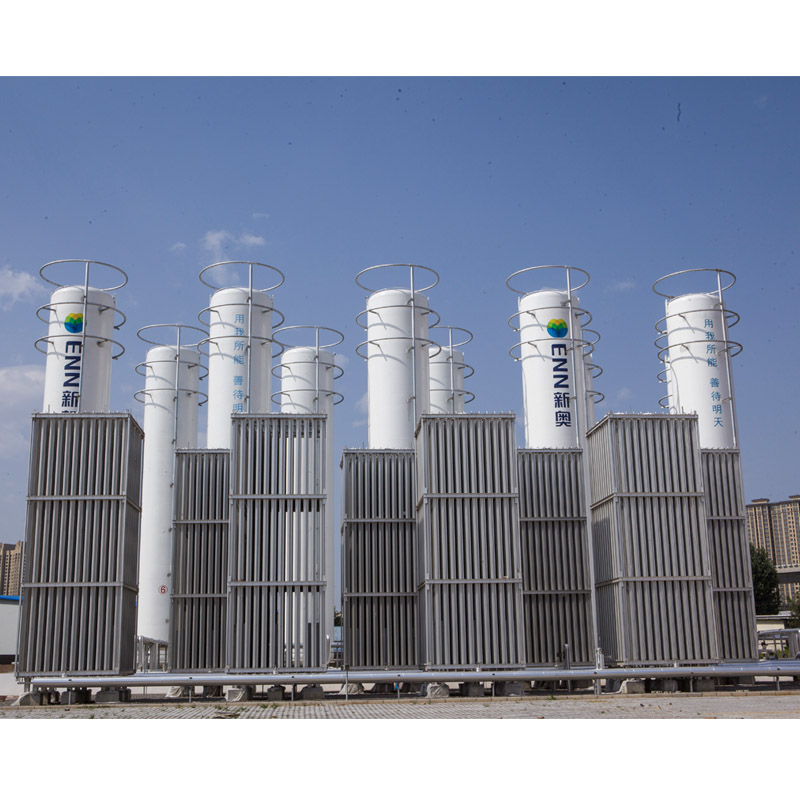
Dec . 01, 2024 09:11
Back to list
Understanding Gas Pressure Regulation through Reducing Valves for Optimal Performance
Understanding Gas Pressure Reducing Valves An Essential Component in Gas Distribution Systems
Gas pressure reducing valves (PRVs) play a crucial role in various industries where gas is used as a primary source of energy. They are designed to regulate and maintain the pressure of gas within a specified range, ensuring safe and efficient operation of gas distribution systems. This article delves into the importance, features, and applications of gas pressure reducing valves, highlighting their significance in modern gas infrastructure.
What is a Gas Pressure Reducing Valve?
A gas pressure reducing valve is a mechanical device that reduces the high pressure of gas coming from a supply source to a lower, usable pressure. These valves are essential in applications where precise pressure control is necessary to protect downstream equipment from damage due to overpressure while ensuring optimal performance.
The typical design of a PRV includes an inlet and outlet connection, a diaphragm or piston, and a spring mechanism. When high-pressure gas enters the valve, it exerts force on the diaphragm, which moves to open or close the valve port, thus regulating the flow and pressure of gas. The adjustable spring allows for customization of the output pressure based on system requirements.
Importance of Gas Pressure Reducing Valves
1. Safety One of the primary functions of a PRV is to ensure safety within gas distribution systems. High-pressure gas can be dangerous; if not properly managed, it could lead to leaks, explosions, or equipment failure. PRVs help mitigate these risks by maintaining pressure within safe limits.
2. Efficiency Regulating the pressure of gas ensures that appliances and equipment operate at optimal conditions. For example, in industrial applications, maintaining the right pressure can enhance the efficiency of burners and combustion processes, thereby reducing fuel consumption and operational costs.
3. Longevity of Equipment By preventing overpressure, PRVs protect downstream equipment such as valves, pipes, and appliances from damage. This not only prolongs the life of these components but also reduces the need for costly repairs and replacements.
4. Regulatory Compliance In many jurisdictions, there are strict regulations governing gas pressure management to ensure safety and environmental protection. The installation of gas pressure reducing valves helps organizations comply with these regulations, avoiding legal issues and potential fines.
gas pressure reducing valve

Applications of Gas Pressure Reducing Valves
Gas pressure reducing valves are employed across various sectors, including
- Residential and Commercial Heating In homes and businesses, PRVs are used to regulate the pressure of natural gas supplied to appliances like boilers and stoves, ensuring safe and efficient heating.
- Industrial Processes Many industries rely on natural gas for energy generation and process heating. PRVs in these settings help maintain the necessary pressure for machinery and production processes, enhancing productivity and safety.
- Gas Utilities Gas distribution companies utilize PRVs in their networks to manage the pressure of gas as it travels through pipelines to consumers. This is critical for balancing supply and maintaining service quality.
Selection and Maintenance of Gas Pressure Reducing Valves
When selecting a gas pressure reducing valve, factors such as the type of gas, inlet and outlet pressure requirements, flow capacity, and environmental conditions must be considered. It is also essential to choose a valve that complies with industry standards and regulations to ensure safety and reliability.
Regular maintenance of PRVs is vital for their long-term performance. This includes routine inspections to check for wear and tear, ensuring that the valve operates correctly, and replacing any damaged components. Proper maintenance helps in identifying potential issues before they become problematic, thus ensuring uninterrupted gas service.
Conclusion
Gas pressure reducing valves are indispensable in ensuring the safe and efficient distribution of gas across various applications. By regulating gas pressure, these valves protect equipment, enhance efficiency, and promote safety within gas systems. As industries continue to evolve, the role of PRVs will remain critical as they adapt to new technologies and regulatory requirements. Understanding their function and importance is essential for anyone involved in gas distribution or usage, emphasizing the need for proper selection and maintenance to ensure optimal performance and safety.
Next:
Latest news
-
Safety Valve Spring-Loaded Design Overpressure ProtectionNewsJul.25,2025
-
Precision Voltage Regulator AC5 Accuracy Grade PerformanceNewsJul.25,2025
-
Natural Gas Pressure Regulating Skid Industrial Pipeline ApplicationsNewsJul.25,2025
-
Natural Gas Filter Stainless Steel Mesh Element DesignNewsJul.25,2025
-
Gas Pressure Regulator Valve Direct-Acting Spring-Loaded DesignNewsJul.25,2025
-
Decompression Equipment Multi-Stage Heat Exchange System DesignNewsJul.25,2025

